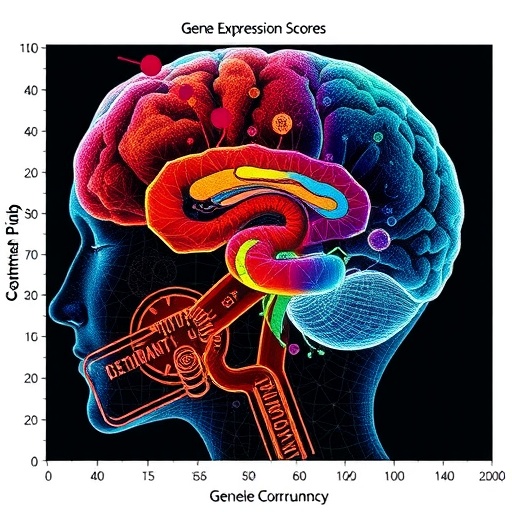11 April 2018, Paris, France: The HEPAHEALTH Project Report, which was presented today in a press conference at The International Liver Congress trade; 2018 in Paris, France, is the second overview commissioned by EASL on the burden of liver disease in Europe. The report encompasses 35 countries in total: the EU region, Iceland, Kazakhstan, Norway, Russia, Serbia, Switzerland and Uzbekistan.
The aims of the report were to: report on the latest epidemiological burden of liver disease in the wider European region; present the data on the main risk factors for liver disease; and, carry out a review of review on public health interventions.
Since EASL published its first overview in 2013, the situation has not improved. In particular, liver cancer mortality has increased and only a few countries have seen a decrease or even a stabilisation in rates since 1980.
The European region is the highest consumer of alcoholic beverages in the world and efforts to reduce alcohol consumption are stalling in many countries. Likewise, rates of obesity have risen across almost every country the report surveyed since 2013 and the rates of Non-Alcoholic Fatty Liver Disease (NAFLD) are increasing accordingly. In Southern and Eastern Europe viral hepatitis is the leading cause of liver disease mortality.
Two key points stand out in the findings of the report:
- Liver disease kills early: Two thirds of all potential years of life lost due to liver disease were working years of life. This contrasts with other diseases, such as stroke, where the majority of deaths occur after the age of 65.
- A geographical and income divide: Liver disease mortality has decreased across Western and Central Europe since 1970. Most of the countries with high stable or increasing rates of liver disease are located in the poorer parts of the European Union and the countries of the former Soviet Union. The UK and Finland deviate from the rest of Western European and Nordic trends: Both countries have seen steep increases in liver disease mortality since 1970.
What needs to be done?
Vaccinations for Hepatitis B virus and screening of blood products across the EU since the early 1990s has helped to drastically reduce the number of HBV infections. Better harm reduction policies and micro-elimination strategies must be implemented across the region if there is to be an impact on Hepatitis C Virus infection rates. The new generation of direct acting antivirals will largely eliminate cases of HCV provided that governments ensure that all patients who need them have access to treatment.
It is clear that prevention is the key to reducing other liver diseases, particularly for alcohol and obesity related liver disease where effective treatments do not exist or are not very effective. European countries must do more to promote a reduction in alcohol consumption and to reduce levels of obesity. The European Union and its member states used to be a world leader in progressive public health policies: It is time for them to get back in the saddle and save another generation from liver disease.
###
About The International Liver Congress™
This annual congress is the biggest event in the EASL calendar, attracting scientific and medical experts from around the world to learn about the latest in liver research. Attending specialists present, share, debate and conclude on the latest science and research in hepatology, working to enhance the treatment and management of liver disease in clinical practice. This year, the congress is expected to attract approximately 10,000 delegates from all corners of the globe. The International Liver Congress™ 2018 will take place from 11¬-15 April 2018 at the Paris Convention Centre, Paris, France.
About The European Association for the Study of the Liver (EASL)
Since its foundation in 1966, this not-for-profit organization has grown to over 4,000 members from all over the world, including many of the leading hepatologists in Europe and beyond. EASL is the leading liver association in Europe, having evolved into a major European Association with international influence, with an impressive track record in promoting research in liver disease, supporting wider education and promoting changes in European liver policy.
Contact
For more information, please contact the ILC Press Office at:
- Email: [email protected]
- Telephone: +41 (0) 22 807 29 88
References
1. The Burden of Liver Disease in Europe, EASL, 2013 http://www.easl.eu/medias/EASLimg/Discover/EU/54ae845caec619f_file.pdf
Media Contact
Hyatt Antognini-Amin
[email protected]
@EASLnews
http://www.easl.ch/




